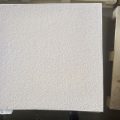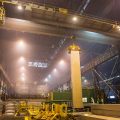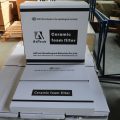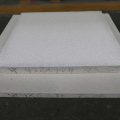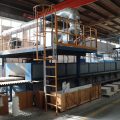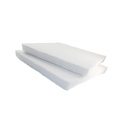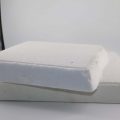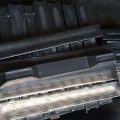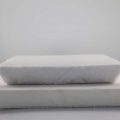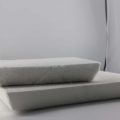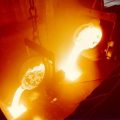Casting Ceramic Filter consists of many uniform and numerous micropores. When the molten aluminum passes through these tiny holes, the suspended matter is trapped on the surface of the filter medium, and the fluid passes through the microporous channel to produce various physical effects to achieve the effects of mechanical filtering, purification, diffusion, and fluidization.
Casting Ceramic Filter has a variety of specifications and sizes of porosity, which is suitable for almost all aluminum processing industries, such as electrolytic aluminum plants, plate and strip processing plants, foil processing plants, tubular rod and wire processing plants, and recycled aluminum ingot plants.
Casting Ceramic Filter uses filtering to effectively remove various inclusions in the aluminum melt, greatly improving the cleanliness of the metal, which is conducive to improving product quality and reducing costs. The productivity has been improved to varying degrees, and the operation is easy, and the process is easy Control does not require excessive investment, and it is worth promoting and applying.
The process and device of foam ceramic filtering and purifying aluminum liquid are applicable to all aluminum production departments, including sheets, strips, foils, bars, tubes, wires, extrusions, forgings, original aluminum ingots, recycled ingots and continuous casting The production of rolling stock, etc.
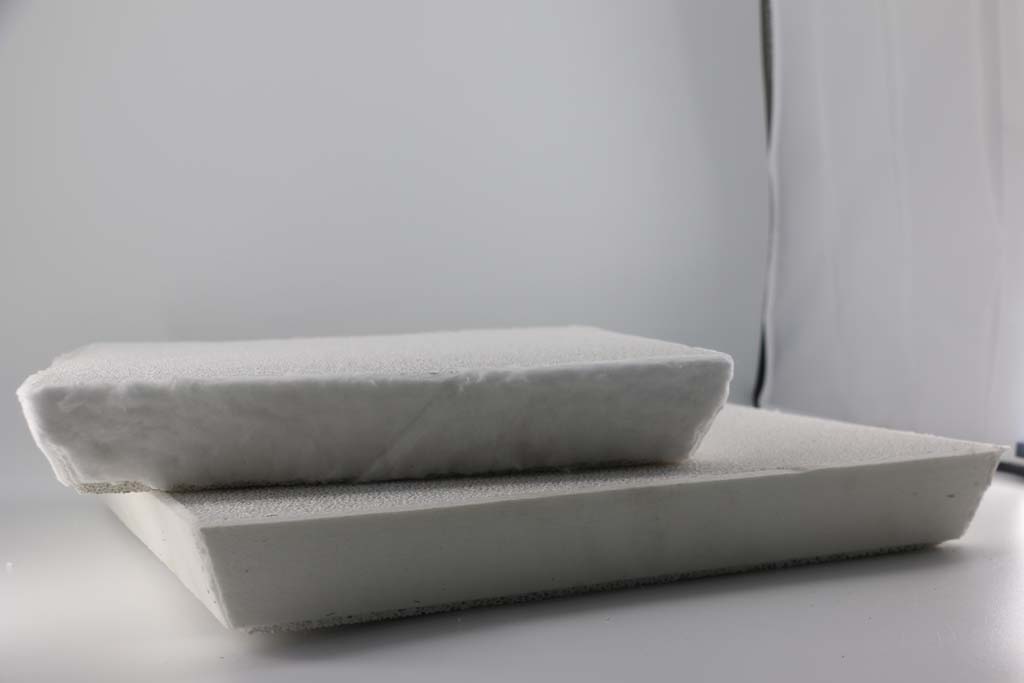
Installation and function of Casting Ceramic Filter
The filtration efficiency of the foam ceramic board is closely related to its correct installation and use.
At the same time, the conventional and necessary measures taken to reduce the occurrence of inclusions during the smelting, furnace treatment, and casting operations cannot be ignored because of the adoption of the filtration process.
It is also necessary to prevent the recontamination of the filtered clean aluminum liquid.
Its installation and use, in general, need to pay attention to the following aspects:
1. Correct selection of filter plate:
The selection of the size of the filter plate and the number of holes must take into account the flow rate range of the specific casting type, the maximum level of the metal during filtration, the total filtration volume, and the cleanliness of the original aluminum liquid.
2. The pre-treatment of melt filtration cannot be ignored:
Such as the normal slagging and cleaning of aluminum melting furnace and holding furnace; refining in the furnace, etc. Especially the on-line degassing device is still necessary because it can not only reduce the hydrogen content of the melt, but also remove some non-metallic inclusions.
3. The filter plate must be matched with the square refractory base brick:
The two are adapted to facilitate sealing, which not only prevents the metal from flowing into the casting box from the gap without being filtered, but also prevents the foam filter plate from being too light and floating in the aluminum water and failing.
4. Preheat before use:
Preheat to remove water and facilitate initial instant filtration. Preheating can be implemented by electric or gas heating. Under normal circumstances, it takes about 15 minutes.
5. During the normal filtration process, there is no need to slag and avoid knocking and vibrating the filter plate. At the same time, the launder should be filled with molten aluminum to avoid too much worry about the molten aluminum.
6. After casting, drain the metal on the launder and filter plate. There is a kind of vibrator abroad, which is placed on the filter plate and vibrates for one minute, which can shake off about 75% of the remaining liquid metal from the filter plate.
7. Finally, clean up the surrounding area and take out the filter plate after solidification.

